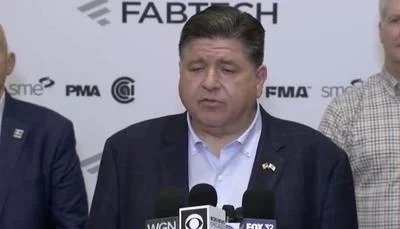Sometime this summer the U.S. Department of Environmental Protection (EPA) is expected to move the six-county Chicago region from a “moderate” nonattainment category for ground-level ozone (smog) to a “serious” one. More stringent pollution controls that follow will increase operating costs for industry, said Rich Trzupek, air quality expert and Heartland Institute scholar. And, he predicts, that industry will take a PR hit when the EPA announces the change.
“The enviros, reporters will blame business like they always do,” Trzupek told Prairie State Wire, “and industry should take the least amount of blame for this.”
Over the past two years, levels of ozone in the region at times rose above the EPA’s parts per billion threshold under the “moderate” attainment category.

Rich Trzupek
Warm, still summer days accelerate the creation of ozone as nitrogen oxide (NOx) and volatile organic compounds (VOCs) react in the presence of sunlight. NOx and VOCs are emitted by industry, cars and trucks, paints, home fireplaces, dry cleaners, aerosol sprays and numerous other sources, including nature.
“The Great Smoky Mountains smoke because the vegetation there emits VOCs,” Trzupek said.
Under the “serious” nonattainment category, the state will have to implement tougher, costlier pollution controls. Industry is targeted, Trzupek said, because it’s easiest to regulate.
Regions historically exceed EPA thresholds not because air quality has worsened but because the maximum allowable levels of ozone have been lowered by the agency. The air in the Chicagoland region, Trzupek said, is cleaner now than it has been in decades.
“In 1979 you were allowed 120 parts per billion of ozone in the air,” Trzupek said. “Under the Clinton administrations, the level was lowered to 80, and then lowered to 75 under Bush,” he said.
“The Obama administration set the threshold at 70,” he added. “That’s close to the level that occurs in the air naturally.”
Trzupek said that counties outside the six-county region could soon be more desirable for industry especially those that burn large amounts of natural gas – power plants, grain processors, fertilizer manufacturers, for example.
It will take two to three years for the state to develop a plan to implement new controls required under the “serious” nonattainment designation.






 Alerts Sign-up
Alerts Sign-up